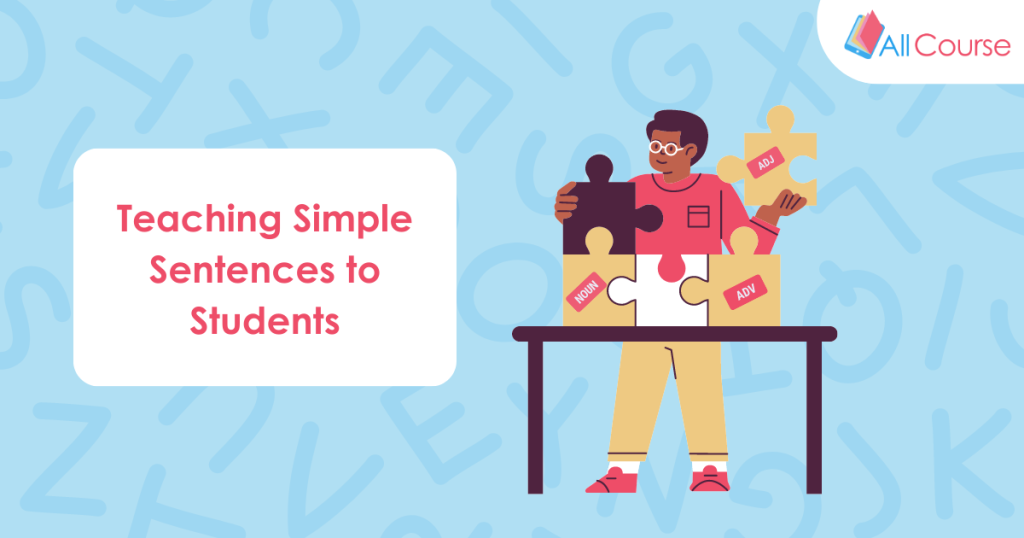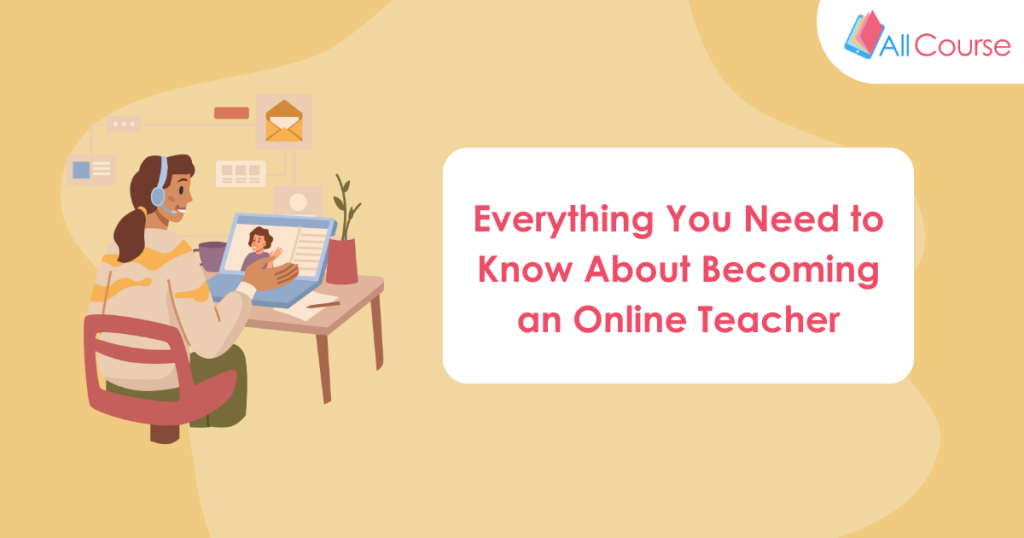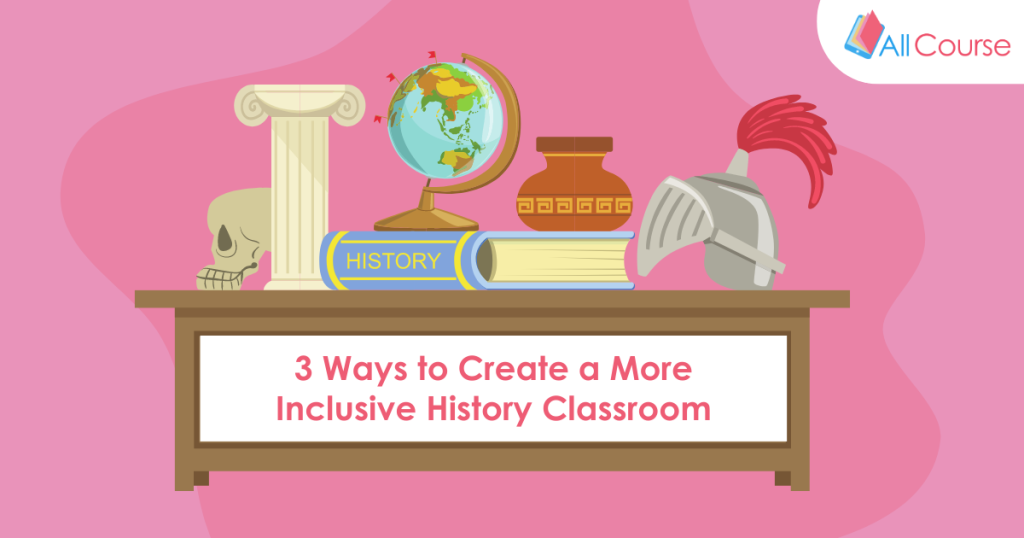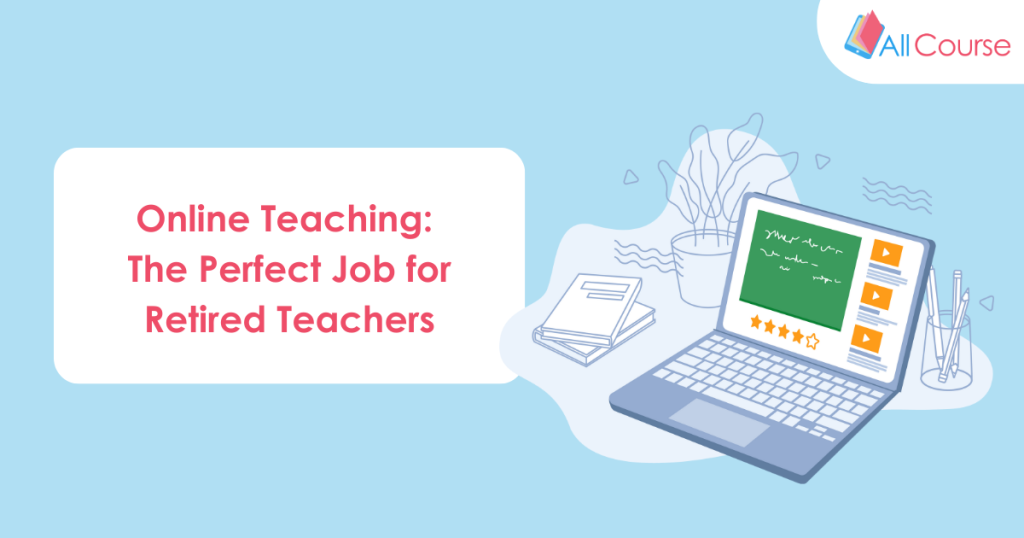Recently, I was discussing teacher longevity with a coworker.
We determined it simply comes down to “survivorship” as the many stressors of teaching are endured during one’s career. These stressors can range from student behavior, to correcting that pile of essays, or middle school lunch duty (yikes!).
My coworker and I determined it came down to perseverance through these stressors. What we all persevere through may vary from person to person, but throughout my career I have discovered a few consistent things that educators can be mindful of to alleviate the stressors we all experience. Here are the five mainstays I have adhered to that I hope other teachers can find useful.
1. Set Realistic Expectations For Yourself
A primary reason for teacher burnout is that they set themselves up for failure by having unrealistic goals. Ten years ago, it was the Pinterest teacher; now, the TikTok teacher shares only the perfect classroom decorations, activities, or SEL for their students. All we get to see here is the finished product and not the behind-the-scenes blood, sweat, tears, and failures that went into this “perfect” lesson that makes us all jealous.
Instead, teachers must tell themselves they are human and will make mistakes. TikTok has recently been a great source of ideas for my classroom; however, I need to remind myself that the cool lesson I see online is that individual teacher’s experience. I need to take these great ideas, modify them to make them my own and fit my classroom, and tell myself not to expect perfection the first time I attempt the experience with my students. We often preach to our students that failure is a good thing; if we practice what we preach and celebrate smaller, more realistic goals, the mental anguish that comes from being overwhelmed can be vexed through realistic expectations.
2. Actually Practice Self-Care
I know; self-care is sometimes a trigger word from people who say it and don’t really mean it, similar to false positivity. To me, the best way for teachers to practice self-care is through eating right, getting plenty of exercise, and getting plenty of sleep.
Even though I will not own the court like LeBron James or score a plethora of touchdowns like Justin Jefferson, we should strive to take care of our mental and physical needs before we even think about taking care of a classroom full of children.
The goal would be to do all three consistently, but that is a challenge, especially for those with children of their own, which is my struggle as a father of three. I’ve had to forcefully put my physical and mental well-being first. I do this by getting up early to workout before my family is awake and ready for the day, I found a meal prep plan that was realistic to handle with my schedule, I forced myself to hide my phone at night to ensure I get proper rest, and I began reading books that revolve around the mindset I want to emulate.
I inherently believe that we should treat our bodies like an athlete does. Even though I will not own the court like LeBron James or score a plethora of touchdowns like Justin Jefferson, we should strive to take care of our mental and physical needs before we even think about taking care of a classroom full of children. Everyone should Maslow before they Bloom.
3. Have A Support System
Teaching is a profession often done by one adult in a room full of students. This individualism may lead to a feeling of isolation. Find other teachers in your school, district, or content area with similar ideals and goals for the classroom. If the environment in your school is not conducive to a support system, I highly suggest reaching out to teachers online through social media, as I have found an online support system in Facebook groups and TikTok on top of an already great support system from my coworkers.
It may sound buzzworthy, but collaborating with your peers benefits your students and your mental well-being as it helps build confidence and reassures best practices in the classroom. It is also essential to bring friends and family into the loop to support you, as they can be your best cheerleaders. Simply put, surround yourself with people who are going to bring you up and not drag you down.
4. Organization & Planning Ahead Is A Must
Early in my teaching career, a mentor teacher told me that students will know when you’re unprepared, which is so true. They can sniff it out like wolves. Whether you’re a Type A or Type B teacher, we should all have some organization process when it comes to lesson plans. The lesson planning process can and should morph throughout one’s teaching career; however, you should always plan ahead.
When I began teaching, I tried to plan two weeks at a time. The further I got in my career I would plan ahead by the unit. Clearly, when it’s a unit you’ve taught before, it allows for reflection on what worked and what can be removed from your plans, making you more efficient and productive in your classroom.
The lesson planning process can and should morph throughout one’s teaching career; however, you should always plan ahead.
For me, the most time-efficient means to accomplish this was by listing a daily plan. I would create bullet points of what I wanted to accomplish, and how I wanted to engage my students each day. If there was a new activity or lesson I was trying out, I either had the step-by-step plan in my notes or a link to the lesson or source. I have always been certain to include my objectives for the unit/day as a part of these plans so I can always give my classes the “why” for each lesson. When you plan ahead and are organized you decrease any overwhelming feeling one may get when a class begins and you have no idea what to do.
5. Take A Break
While this may fall into the self-care category, it is specific enough to me that it renders its own category. Taking a break can be considered a broad term here as it could be getting up from your desk and taking a quick walk during your planning time or actually going to the teacher’s lounge or supportive colleague’s classroom for lunch so you can speak with another adult.
Going outside may be difficult to do in the winter if you’re in a northern state like I am, but if you can go outside at any point during the day, even for a moment, it can help a person feel refreshed. To take this a step further, teachers should use their personal days for longer breaks. Even if you don’t travel, use those days for the self-care we all deserve. Literally taking a break and putting yourself first will go a long way to combating burnout.
Teaching is a stressful job that has only become more challenging since the pandemic and the emergence of our nation’s polarized opinion of teachers. Despite those added stressors, teaching is still for me and my life calling. For those wanting to remain in the education world, like me, we need to take care of our physical and mental well-being so we can be the best possible version of ourselves in and outside of the classroom. It is my belief that implementing these strategies I have listed for you will help keep you in the classroom and have a positive impact on your physical and mental health.





